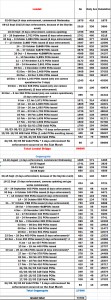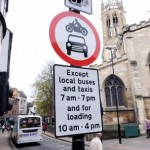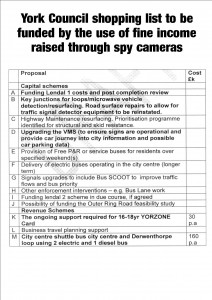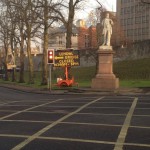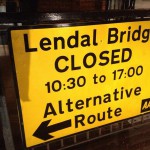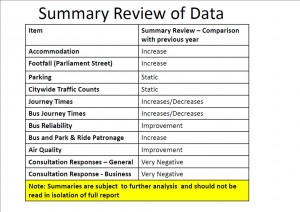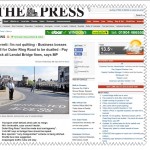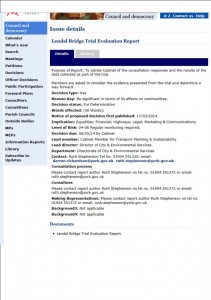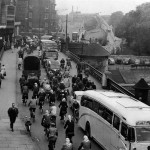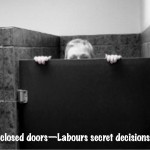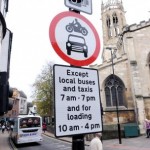Coppergate restrictions still not being enforced
A Freedom of Information response has revealed that the York Council stopped issuing Penalty Charge Notices (PCN) – using its ANPR camera information – on 30th March 2014.
That is a week earlier than they admitted in the media at the time.
The figures cast doubts on the claims being made by Labour Councillors early in April when they said the controversial restrictions were still being enforced.
A few days later, senior Council officials clamed that the number of notices issued had been “scaled back” but declined to say by how much or in what way.
In reality it seems that the camera enforcement was abandoned even before the Lendal Bridge restrictions were formally jettisoned on 12th April.
The situation on Coppergate appears to be different, at least in so far as the restrictions remain in place.
However no PCNs have been issued on Coppergate for over 6 weeks.
Contrary to claims made in the media (that the number of drivers ignoring the restrictions was reducing), the latest figures reveal that during March around 50 motorists a day were still being fined on Coppergate.
Things were little better on Lendal Bridge where 2135 motorists were caught on camera during March alone.
The Lendal Bridge trial closure had been due to conclude at the end of February and the Labour Council leadership was heavily criticised for not suspending camera enforcement until the results of the trial had been assessed.
In total 74,000 transgressions had been identified by the cameras before they were abandoned at the end of March.
The Council is now awaiting the results of its appeal against the Traffic Adjudicators ruling that both sets of restrictions were unlawful. If the Council fails to win, then it could face costs of over £1 million with many drivers likely to seek the return of unlawfully imposed fines.
The Appeal could take several more weeks to be concluded.
An Inquiry into the collapse of the whole project is expected to start in the summer using the Council’s “scrutiny” mechanisms.
Although the camera evidence is no longer being used on Coppergate, the restrictions there could – in theory – be enforced by a uniformed police officer.

